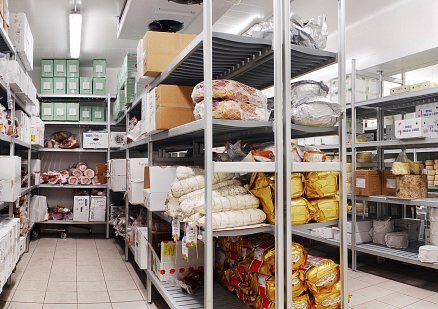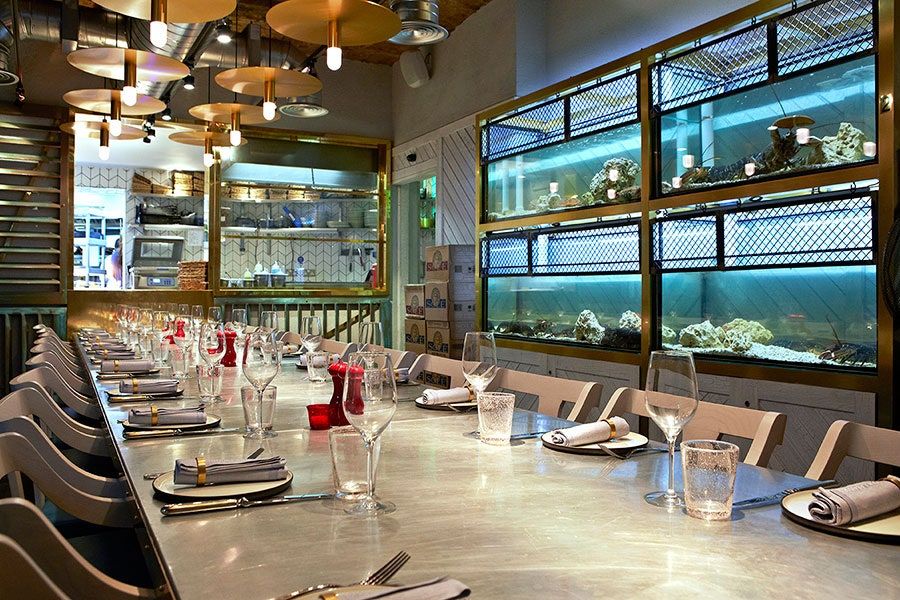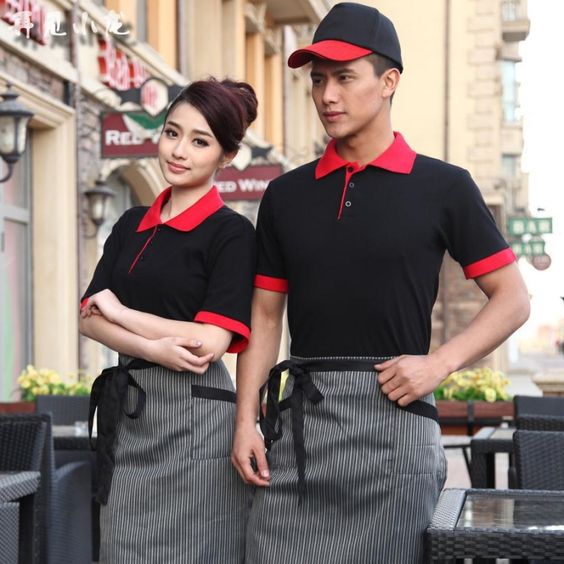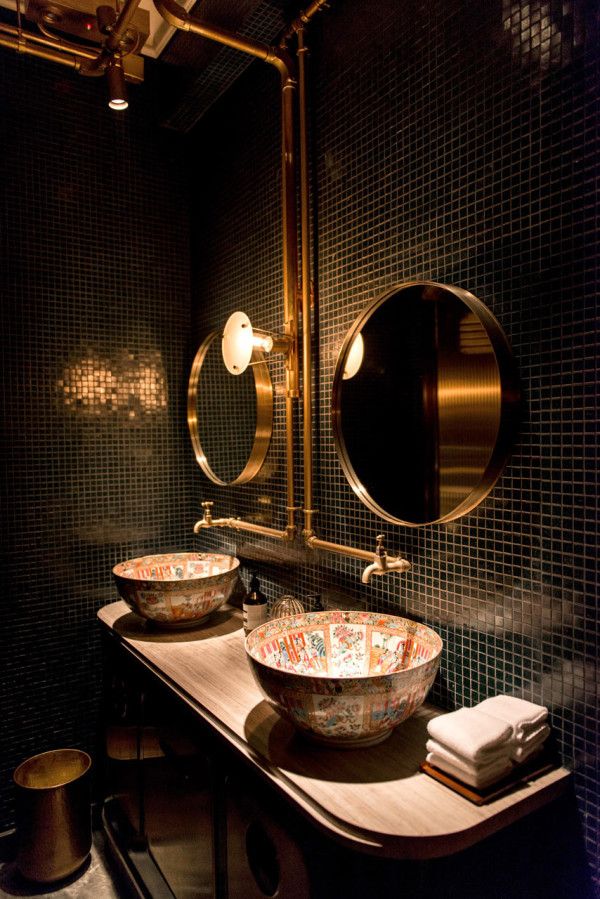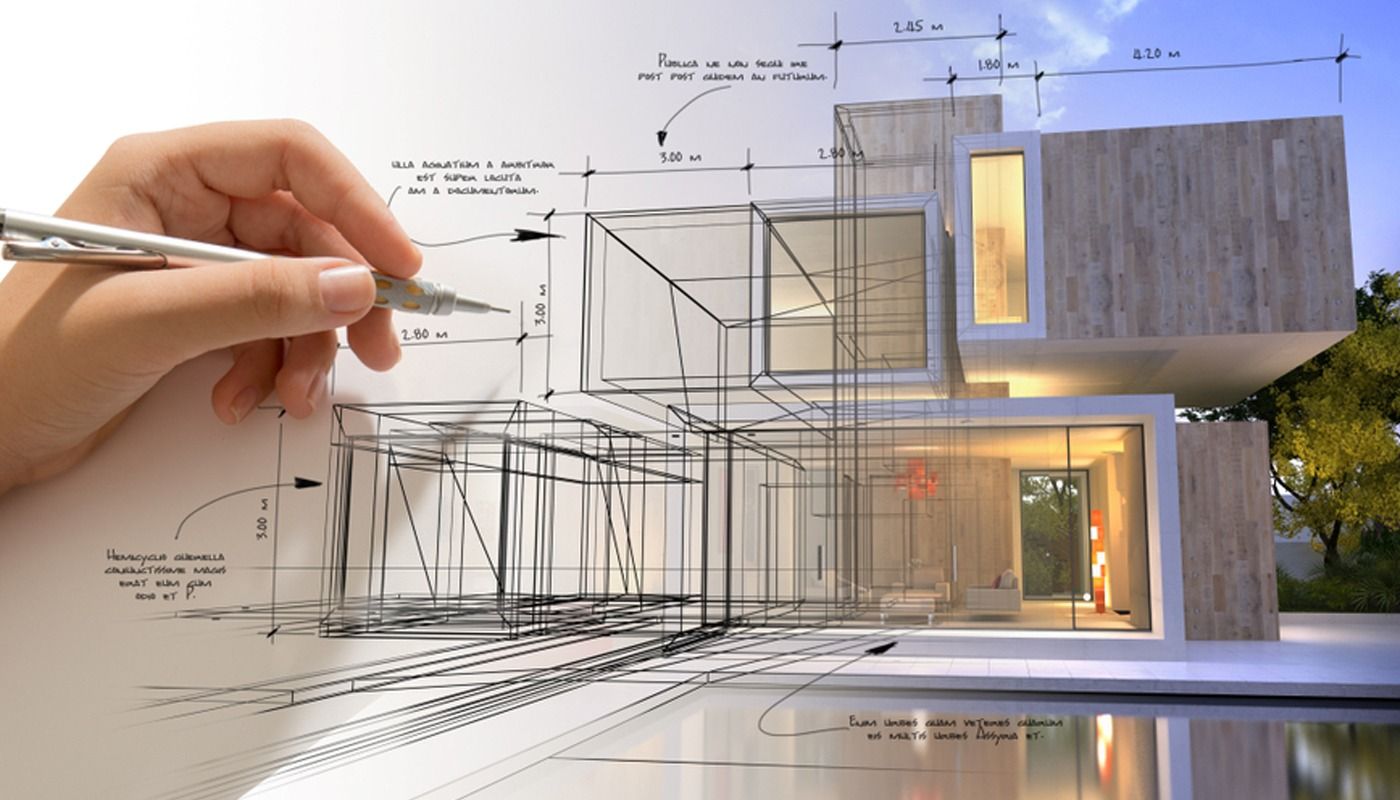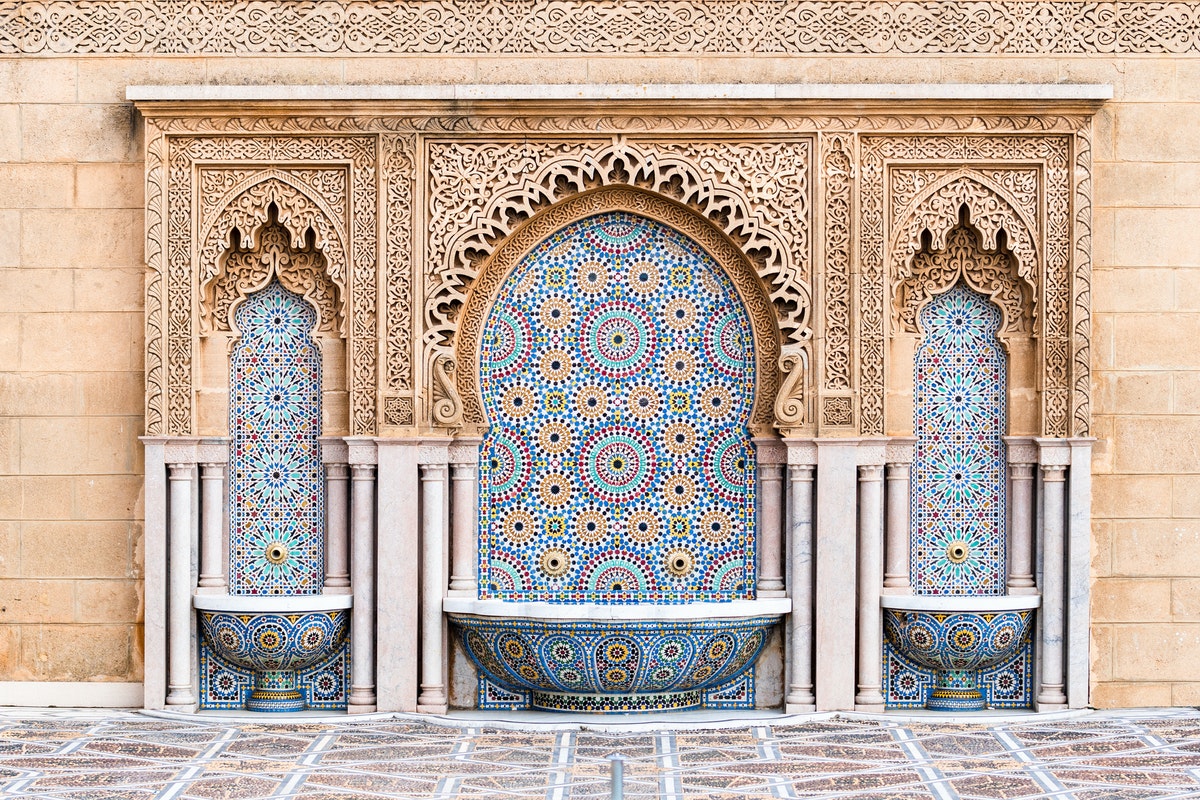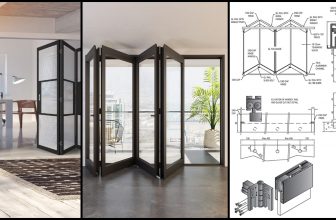Although laws and codes that regulate and govern restaurant architecture and design may differ from one country to another, they have one thing in common. Restaurant design plans, like architectural, electrical, mechanical, and plumbing plans must be submitted to the concerned official parties by a licensed architect. Thorough planning of the project by the hands of an experienced designer and the soft costs the owner pays during the process will give much better results than rushing things up to find out that it’s too late to fix any major mistakes after the completion of construction.
Some designers tend to design everything from A to Z and to the tiniest detail, and this works very well with projects that have to introduce fascinating user experiences like restaurants. An interesting entryway all the way to the stunning bathroom design will ensure an integrative experience.
What are the 4 basic types of restaurants?
- Fast Food Without Table Service
- Takeout and Delivery
- Food Trucks
- Table Service
How do you design a restaurant?
Here are 8 tips that will help you with Restaurant Design:
1. Lighting
Lighting issues can turn a customer’s experience at a restaurant into something unpleasant. Think about all the restaurants you went to where you felt the light was too bright and irritating or too dim to let you go through the menu comfortably. Designing appropriate lighting for different areas in the restaurant is crucial for optimum functionality. While incorporating subtle lighting in the dining area offers a relaxing ambiance, strong lighting in the kitchen allows the staff to work efficiently.
2. Ventilation
A well-planned ventilation system is crucial for restaurant design. Have you ever visited a restaurant where you couldn’t enjoy your meal because of the smell? Even with fine aesthetics, a stuffy and smelly atmosphere can be a lethal combination for a closed space, let alone cigarettes smoke. Proper makeup air regulation and efficient ventilation hoods can be life-savers.
3. Storage
Suitable Storage areas should be considered during design to accommodate the restaurant needs. Whether the owner will buy the raw materials in small quantities over short time intervals or buy considerable quantities for savings, will determine the storage area needed.
4. Tableware
Tableware always leaves an impression as silverware often reflects the quality of food and service a restaurant offers. Since cheap light silverware reflects cheap light food, fancy high-end restaurants always use heavy custom silverware.
5. Staff Uniform
Keep in mind that the staff uniform is the ambassador of any restaurant. Some chains have hundreds of employees whose uniforms are an extension of the restaurant’s brand name. Uniform design should be considered as a step in the design course.
6. Bathroom
Bathroom design with the same colors and logo features of the restaurant brand keeps on the inspiration even after the client has left the dining area.
7. Doorknob
Doorknobs are one’s first interface with a restaurant design so they should be conveying comfort and style. The materials, size, texture, style, and weight should be considered when designing doorknobs for a restaurant. Out of place as well as cheap and poorly styled ones can send out a bad message.
8. Menu
Menus are an extension of the brand and the design process. They are more than just a set of printed paper with the prices on them. The size, weight, presentation, photos, fonts, and language all contribute to a well-designed menu that adds up to the personality of the place.


